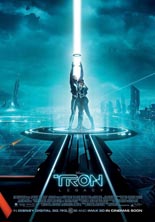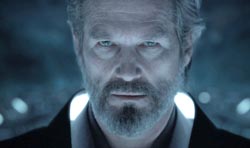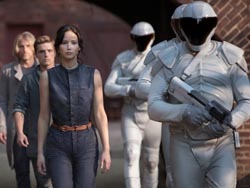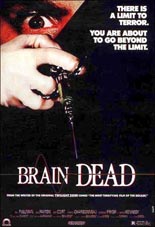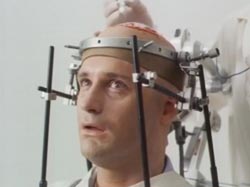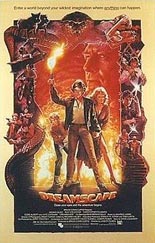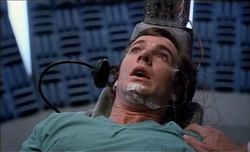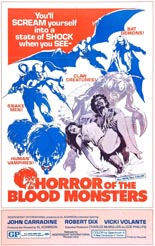
 Even compared to Al Adamson’s other cheap films, Horror of the Blood Monsters is shameless. A patchwork stitching of new scenes by Adamson; a 1965 Filipino oddity titled Tagani; Hal Roach’s 1940 classic, One Million B.C.; and at least three other flicks, it should be called Horror of the Stock Footage. No matter how many movies incorporated, it would not make sense.
Even compared to Al Adamson’s other cheap films, Horror of the Blood Monsters is shameless. A patchwork stitching of new scenes by Adamson; a 1965 Filipino oddity titled Tagani; Hal Roach’s 1940 classic, One Million B.C.; and at least three other flicks, it should be called Horror of the Stock Footage. No matter how many movies incorporated, it would not make sense.
Its opening would have viewers think they’re being presented with a modern-day tale of vampires in an urban setting. Don’t be silly — that’s merely a prologue stuck atop the mission of American spaceship XB-13 to explore the heretofore “unknown solar system” discovered by Dr. Rynning (John Carradine, seen that same year in two other Adamson pictures, Five Bloody Graves and Hell’s Bloody Devils). En route, the crew members are thrown to the floor by space lightning, prompting the “funny” one to crack, “Next time I’m going to go Greyhound and leave the driving to them.”
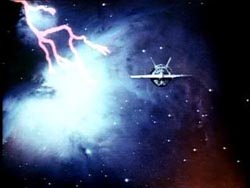 XB-13 lands on a prehistoric planet that, depending upon where one looks, appears in a top-to-bottom tint of red, blue or green. (This is because Tagani was shot in black and white, so Adamson solved the conundrum with the “color effects” miracle known as Spectrum-X.) While Dr. Rynning stays behind due to risk of coronary, the crew traverses the area and witnesses such sights as primitive men fighting, lizards wrestling and little bat-people swooping through the air.
XB-13 lands on a prehistoric planet that, depending upon where one looks, appears in a top-to-bottom tint of red, blue or green. (This is because Tagani was shot in black and white, so Adamson solved the conundrum with the “color effects” miracle known as Spectrum-X.) While Dr. Rynning stays behind due to risk of coronary, the crew traverses the area and witnesses such sights as primitive men fighting, lizards wrestling and little bat-people swooping through the air.
Unfortunately, most of such scenes appear in two bursts, leaving narrative stretches as dry and barren as the planet’s desert landscape. To pad further, Adamson occasionally cuts back to ground control, where two technicians take time out from XB-13’s emergency situation to boff. Yet even sex is boring when it’s had in Blood Monsters. Let’s put it this way: When the DVD started to pixelate and skip forward in snatches of double-digit seconds, I did not mind. —Rod Lott

